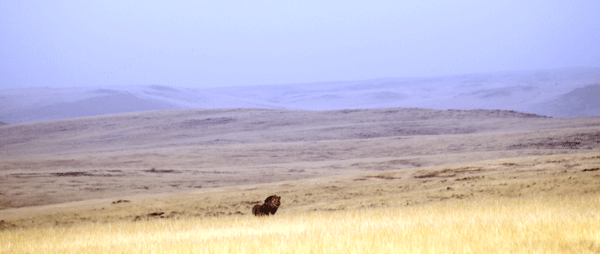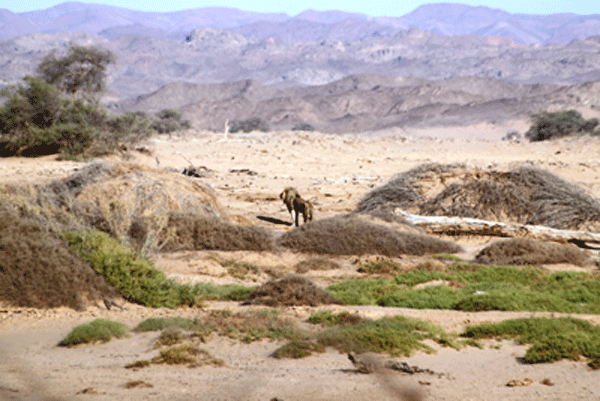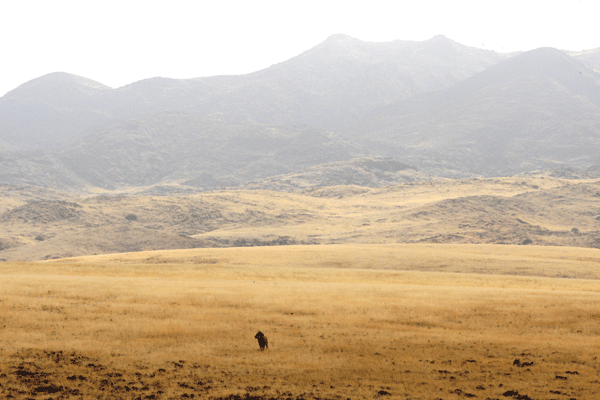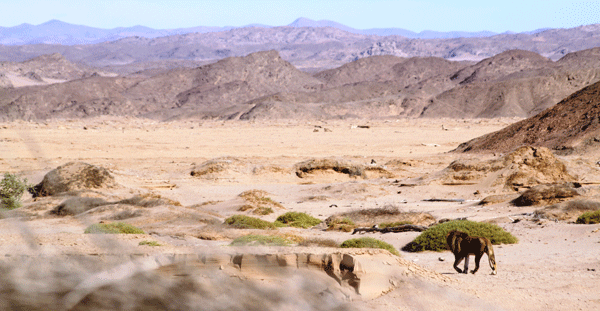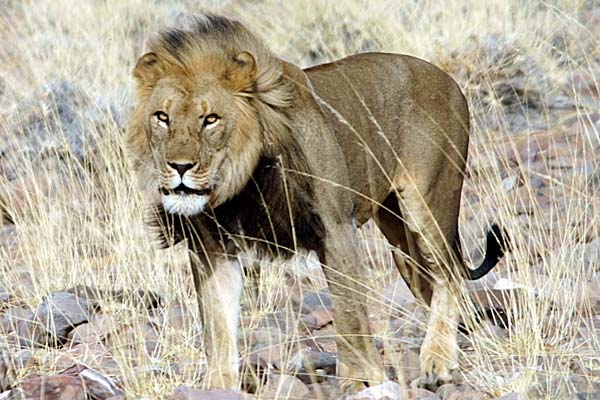The only place in the world where one can spot free-roaming lions on the oldest desert’s dunes with the ship-wrecked coastline in the background – the Skeleton Coast, Namibia. This is an eerily special place on the globe with a history of seamanship that dates back centuries. It is known today as the Skeleton Coast National Park and it constitutes part of the territory of the only expanding wild lion population in the world.

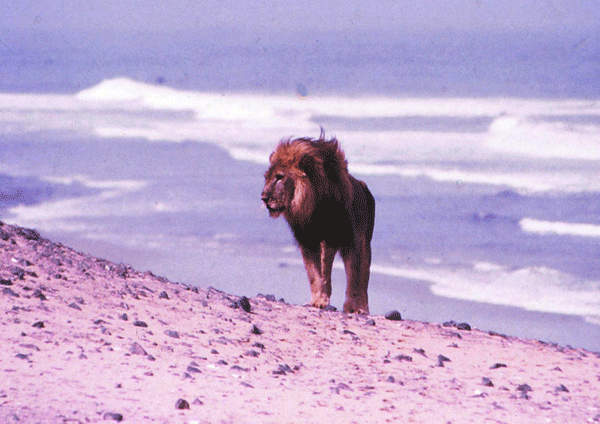
The lions and the people of the Kunene region in north-western Namibia have been in constant conflict for many years: two groups fighting for survival in their shared homeland. Desert Lion Conservation (DLC), founded and run by Dr Flip Stander, has revived a lion population of 20 individuals in 1995, to around 150 lions today. It is the mission of DLC, the IRDNC (Integrated Rural Development and Nature Conservation) and TOSCO (Tourism Supporting Conservation) to combat the enormous issue of human-lion conflict in this region of Namibia, so that the indigenous people and the lions can live in harmony.
Now that the lions of the skeleton coast are seen as treasured assets to tourism in the land, the local people are working hard at conserving this population of unique predators instead of killing them in defense of themselves and their livestock. Part of the conservation initiative is that a number of Lion Rangers are employed from the rural conservancies. These men’s jobs are to patrol the area around their communities for lions and other predators in order to prevent their livestock from getting killed by lions.
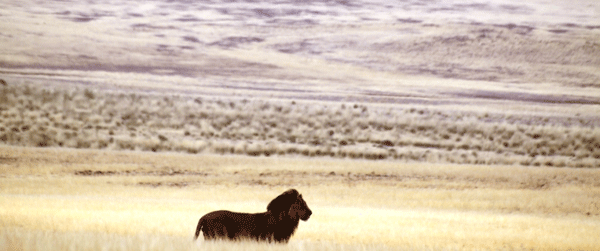
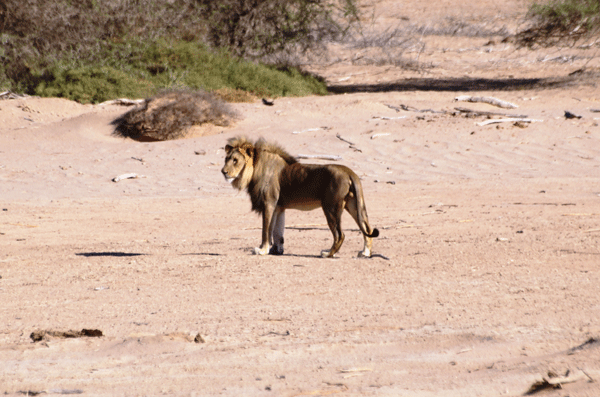
There are many different factors at play in the daily lives of the lions, the livestock and the people. The conservation of these lions comes at a cost to the farmers’ livestock, but importantly, it is recognised that the survival of this exceptional species of lions is more valuable for the future of the people of Namibia. It is a difficult reality faced by the people of Puros and the other conservancies. The N$1500 per animal compensation fee received by farmers is way below market price.
Below is February’s update from Lion Ranger, Bertus Tjipombo, summarising the start of 2014 in the Kunene Desert where lions and people are fighting for survival together. Sadly, both cattle and lions have been killed this year,
Hey Felix [Chairperson, TOSCO Trust]
Hope everything is going well that side.
The situation is very bad for both lions and livestock in the area because of the drought. The lions are moving in different areas within the Puros conservancy and causing lots of damages to the livestock.
Between 2-3 Jan 2014, 3 cattle were killed by Terrace Male in the Hoarusib River. Again in January 2014, a lioness killed 5 cattle at Tomakas village and on the 30th Jan, the same lioness killed another 4 cows at Oruhito.
But still the community want lion conservation in the area for tourism purposes if there is proper conservation. Many people in our conservancy benefit mostly out of their livestock except those working in lodges and camps.
Rosh went through Puros from Khumib side on the 08 feb’14.
Kindly
Lions officer Puros.
Bertus Tjipombo.
